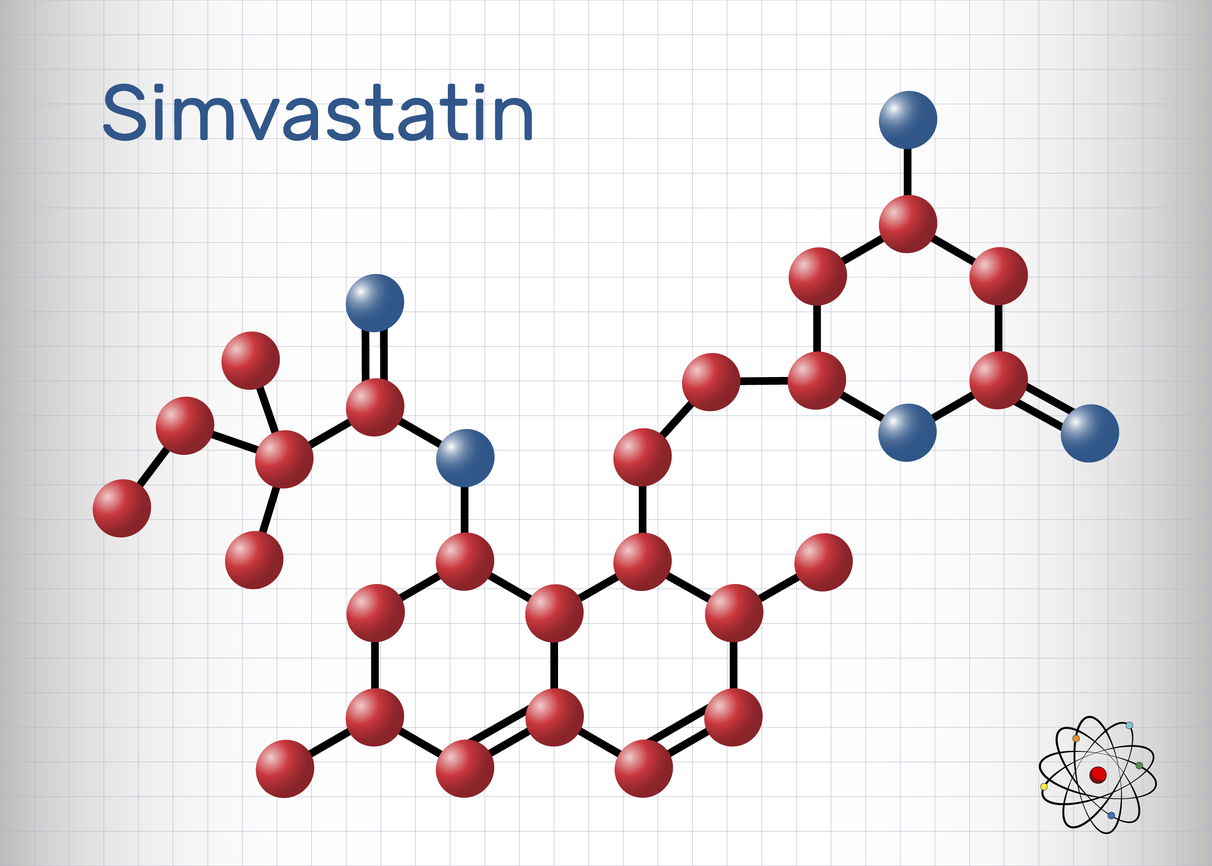Pain
Stem Cells as a Treatment for Complex Regional Pain Syndrome (CRPS)

What is complex regional pain syndrome (CRPS)?
Complex regional pain syndrome (CRPS), also called reflex sympathetic dystrophy syndrome (RSDS), is a type of chronic pain condition. It typically occurs after an injury and affects one limb (arm, leg, hand or foot). Though complex regional pain syndrome is not yet completely understood, it is believed that CRPS develops when the central or peripheral nervous system is damaged or malfunctions. It may also be caused by an immune system response.
What is stem cell therapy?
Stem cells are the main cells in the body from which other stem cells or specialized cells (blood cells, nerve cells, sperm cells, brain cells, bone cells, heart muscle cells, etc.) develop. These cells are the only type of cell that is able to divide into different types. Stem cell therapy is a type of regenerative medicine in which stem cells are guided into splitting into a specific type of cell. These cells may be used to reconstruct or repair damaged tissues that result from illness, injury, or other conditions.
CRPS and stem cells
Recently, Cleveland Clinic was awarded a $5.5 million grant in order to develop stem cell treatment for CRPS. This is the first time that research on mesenchymal stem cells for pain has been federally funded. Additionally, this is the largest grant supporting CRPS research.
CRPS has historically been difficult to treat due to its complexities. While stem cell therapy would not manage the original cause of CRPS, it could potentially provide relief for the inflammation and tissue damage experienced as a result of the condition. Researchers are asking for additional funding for studies to determine the exact source of the disorder.


















